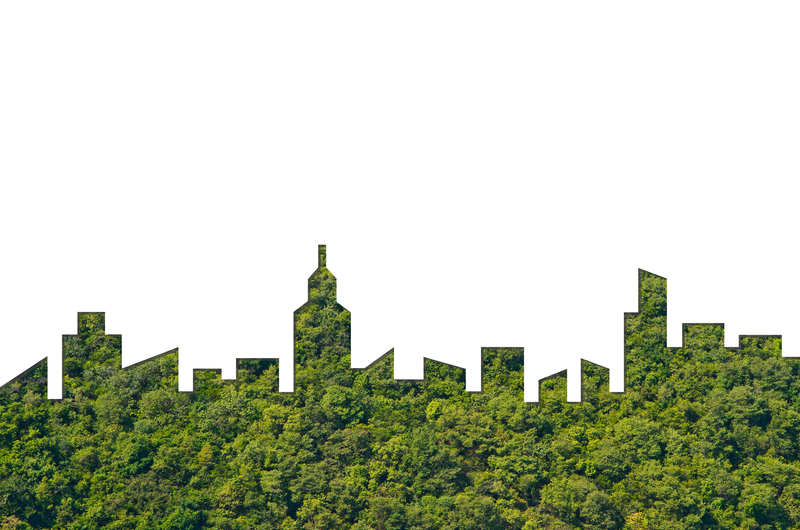
Photo: Teerayut Khuenwan | Dreamstime.com
Growth spurt predicted for green infrastructure investment
13 December 2022
by Sarah Wray
Public and private investment in green urban infrastructure such as parks, forests and roof gardens is expected to increase from US$606 billion globally in 2022 to US$978 billion in 2030, according to ABI Research.
The push to mitigate climate change impacts is a key driver of the spending.
“The single most important benefit of green urban infrastructure is its role in making cities more resilient,” said Dominique Bonte, VP End Markets and Verticals at ABI Research. “Resilient against the impact of climate change in terms of mitigating the effects of flooding, heat islands, drought and other natural disasters on urban living.”
He added: “Green infrastructure offers the combined advantage of functioning as natural reservoirs for excess stormwater and excessive heat due to its innate water absorption and heat storage capabilities. Both substantially reduce flooding of vulnerable inhabited areas and the number and severity of heat islands.”
Further benefits identified include supporting cities’ decarbonisation goals, improving air and noise pollution, enhancing quality of life, and boosting economic development.
Cities going green

Bonte said the forecasts are based on projections about the growing percentage of urban area covered by green infrastructure and assumptions about the cost of deploying a unit of green infrastructure, derived from data about current and recent projects. Assumptions were cross-checked through interviews with stakeholders and secondary research.
The analyst firm forecasts the average percentage of global urban areas covered by green infrastructure will increase from 15 percent in 2020 to 18.2 percent in 2030.
While Bonte couldn’t share a detailed split between public and private sector investment in green infrastructure, he said the share of private investments is “substantial”, including green rooftops, private gardens and parks, and campuses.
Examples of green infrastructure projects include the green makeover of the Champs Élysées in Paris for the 2024 Olympics, the redevelopment of the former Athens International Airport into the Metropolitan Park and Coastal Front, Madrid’s Nuevo Norte Urban Forest, and Boston’s Green New Deal. Earlier this year Boston appointed its first green infrastructure director.
Last year, 31 mayors signed the C40 Cities Urban Nature Declaration, pledging to invest in green spaces.
The signatory cities, which included Athens, Copenhagen, Los Angeles, Paris and Tokyo, committed to deliver on one or both of two key targets. By 2030, 30-40 percent of city surface area should consist of green or blue infrastructure. The Declaration also sets a target for 70 percent of a city’s population to have access to green or blue public spaces within a 15-minute walk or bike ride by the same date.
Green tech
From a technology perspective, ABI Research says that digital twins are “the ultimate tool” for city governments and developers to design, model, plan, simulate and manage green urban infrastructure.
For example, detailed information about trees and other green assets can be captured through ground-based and airborne LiDAR sensor scanning systems, often complemented by satellite imagery. Artificial Intelligence (AI)-based recognition capabilities also allow complex models to be built featuring various metrics, including predictive data about expected tree lifetimes.
Digital twin modelling and simulation use cases highlighted include the identification of current and future heat islands, the assessment of vulnerable populations, the percentage of permeable surface and vegetation levels, the water retention potential of green rooftops, detailed tree analytics, and water run-off and carbon storage metrics.
Bonte told Cities Today: “Sustainability in general – and green infrastructure in particular – were the overwhelmingly dominant topics at the recently held Smart City World Expo Congress in Barcelona.
“It seems like much of the smart cities debate is now being reduced to sustainability or at least brought together under that same umbrella. The smart city lens is now squarely a sustainability lens across mobility, energy, transportation and buildings segments.”
“This constitutes not only a revolution in the smart cities segment but could at the same time reduce current fragmentation and contradictory objectives through the adoption of common goals, targets and approaches,” Bonte added.









